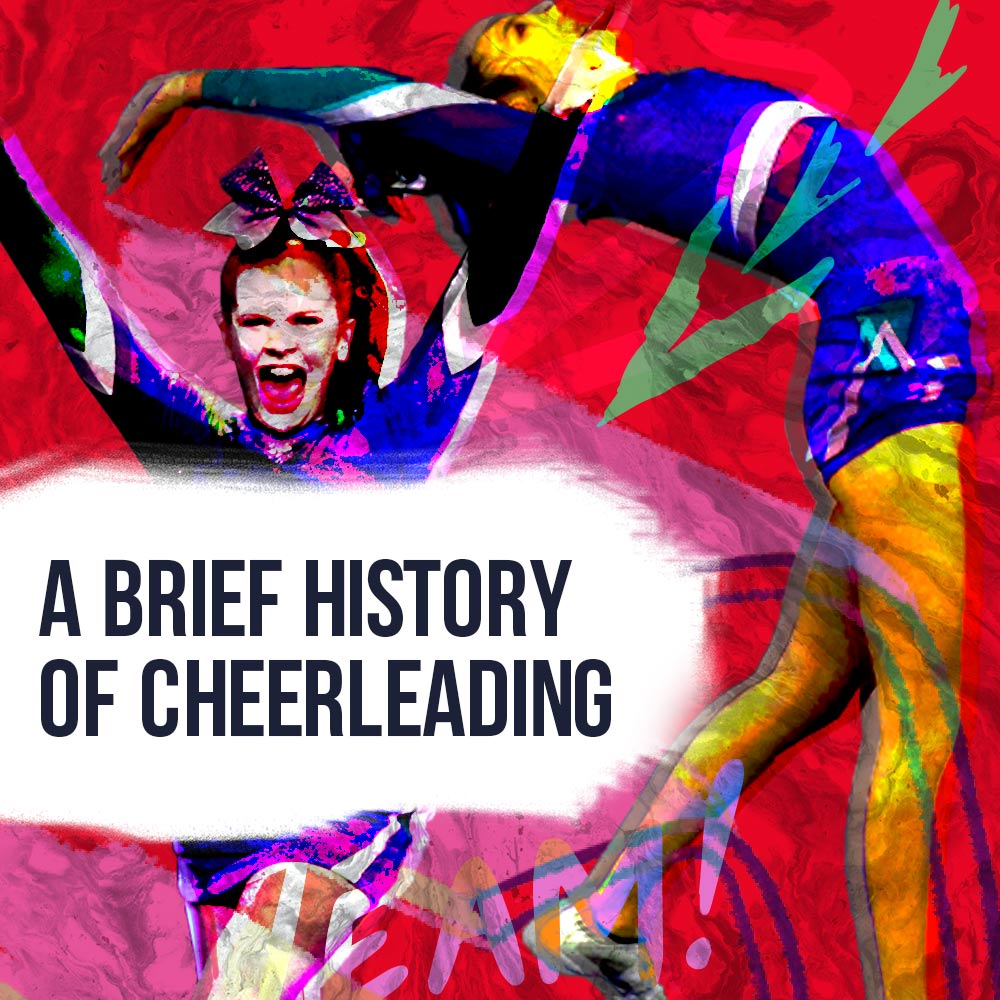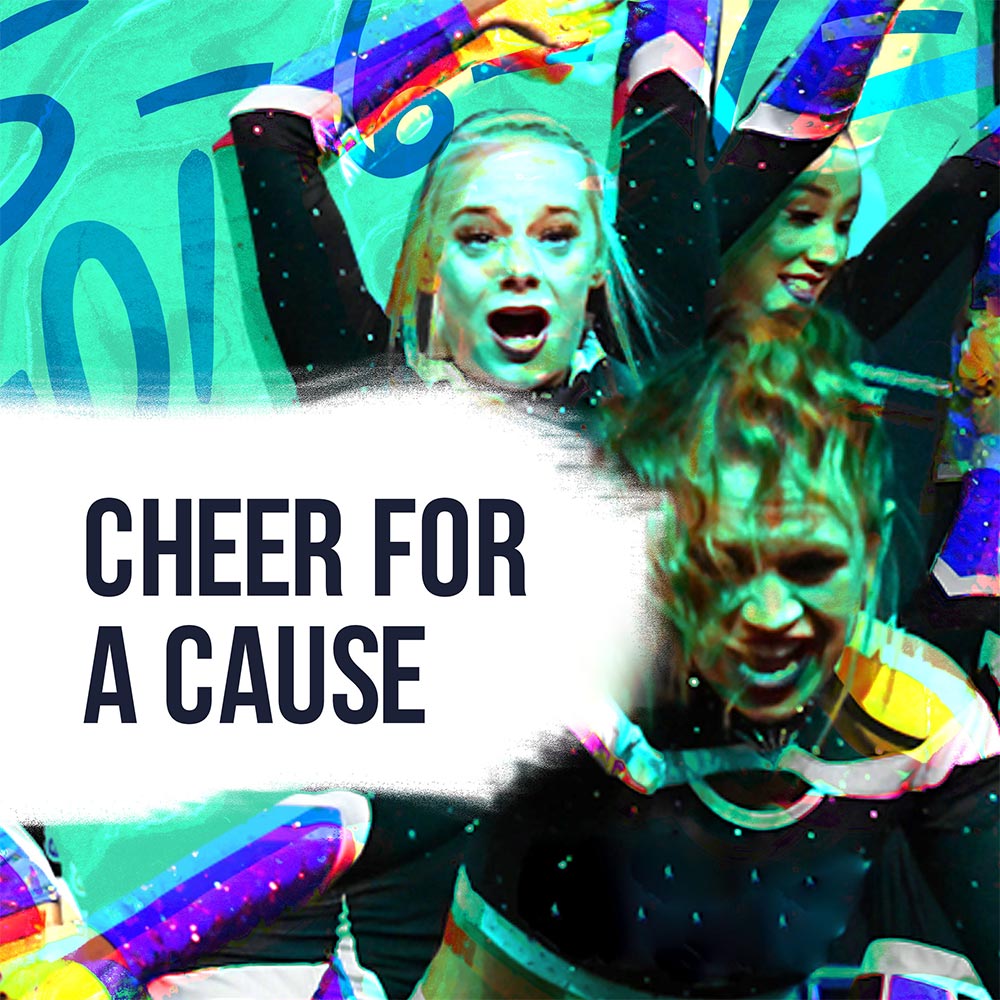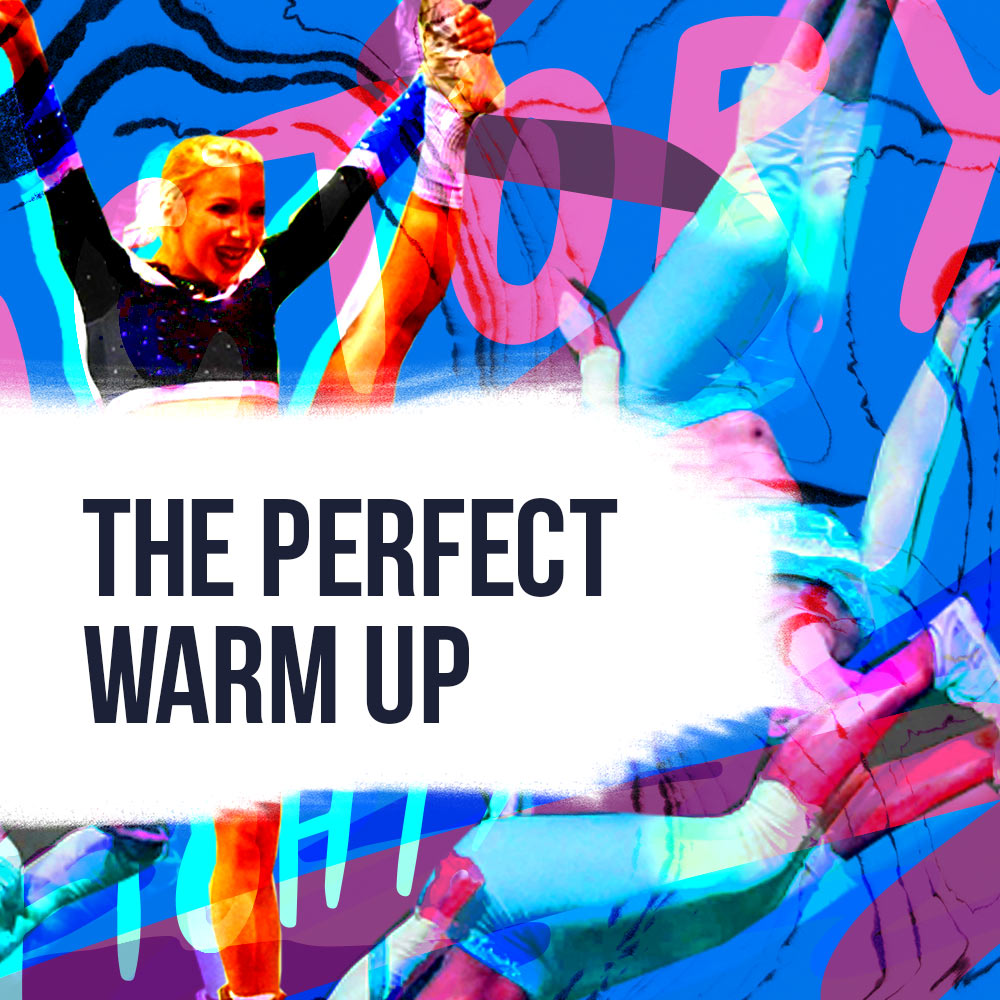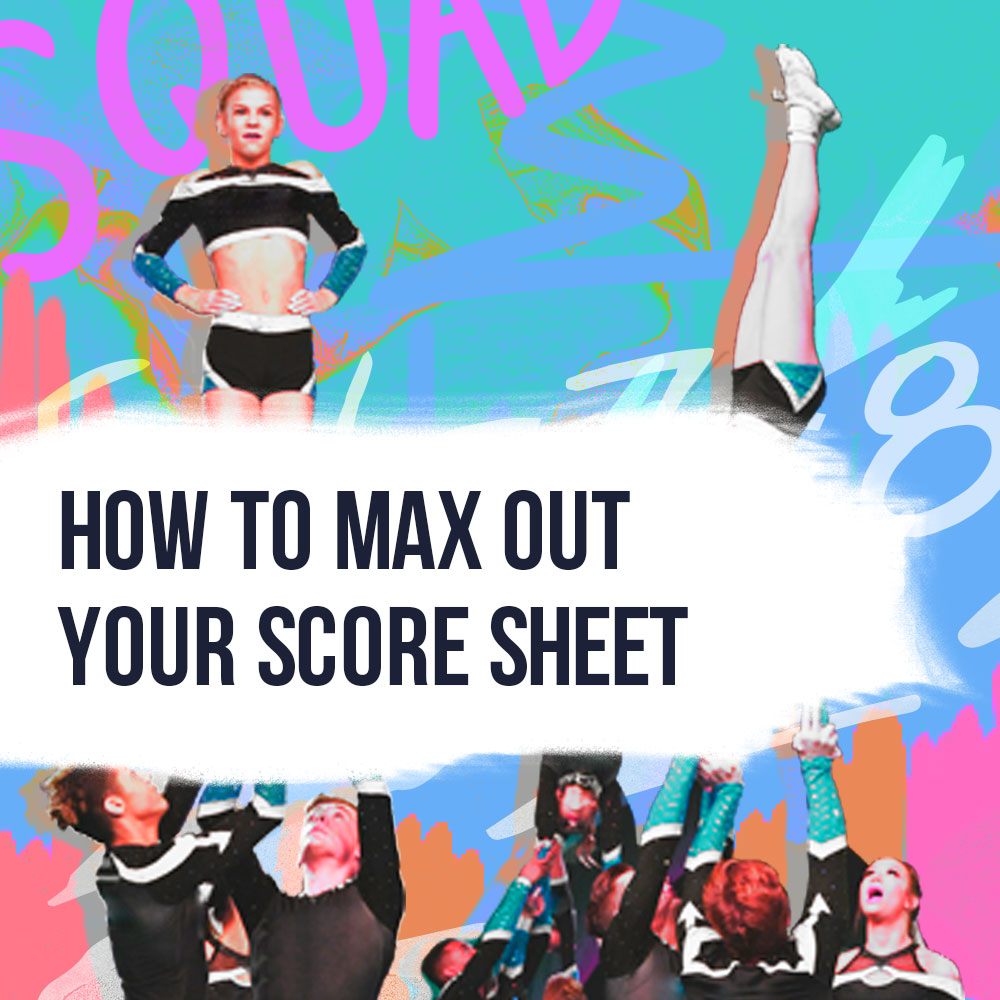
We have all been there, at a practice where everyone has unrolled the mats, finished stretching, and is ready to go, but there is one problem: someone is missing. When your teammate finally shows up they seem unconcerned that everyone has been waiting for them, and within a few minutes of practice has already picked a fight with another member of your squad.
There are things that you can do to change the vibe. With patience, communicating with the troublesome teammate, and asking for help from your leadership, you can find a solution that not only solves the problem but does so in a way that avoids future issues.
Kindness and patience are important parts of any group dynamic, but there are limitations. If someone on your squad is threatening or bullying other teammates, the leadership for your team needs to know immediately. Do not attempt to deal with the issue on your own: doing so may escalate a potentially dangerous situation.
Practice patience
One of the hardest things to do when you are frustrated with a situation is to stay calm. However, yelling and screaming at a member of your team is not going to make the situation any better, even if it feels good at the moment. Your goal should be to avoid letting the misbehaving squad member ruffle your feathers. Don’t give them the satisfaction. Sometimes when athletes act out they are doing so just to get a reaction. By refusing to react you are taking away the satisfaction of behaving inappropriately.
Despite the fact that your squad member is being unfair and inconsiderate, you need to put on a pleasant face. By being polite and unaffected by their antics you can diffuse the situation. Any attempt to directly confront them in front of the rest of the team is doomed to failure: they will feel embarrassed and are more likely to lash out even further. Try to keep a peaceful vibe and focus on having a productive practice, despite their outbursts and lack of consideration.
Have a courageous conversation
When practice is over and you can have a private conversation, that is the time to speak with your teammate. Trying to have the conversation in front of their peers may make the individual self-conscious, and the conversation is unlikely to be productive. When you speak with them, focus on the behaviors which have become problematic. Be courteous and respectful, and avoid any name-calling or labels. Saying, “you’ve been late to practice three times this week,” is better than, “why are you being so rude and lazy?”
Talk about how their behavior is affecting other members of your squad. Frame it as trying to help the whole team, rather than focusing on individuals. Once you have explained your complaint, listen. Do not interrupt, let them fully explain their point of view, even if you disagree with their analysis. If you interrupt their conversation they will quickly shut down. Only by fully letting them speak their peace can you leave space for improvement.
Often the problem is a miscommunication or a misunderstanding. Perhaps there are things going on in your teammates’ life that are making it difficult to fully commit to the practice schedule. Coming from a place where you are actively attempting to understand their perspective will help them feel comfortable and is more likely to have a lasting change.
Work with leadership to establish expectations and consequences
Sometimes practicing patience and having courageous conversations is not enough. If you have not seen any effort at improvement and your teammate still seems to be difficult, shows up late, or is disrespectful towards the team and team expectations, the next course of action is to ask your leadership for help. This could be as simple as talking to the captain of your squad about the next steps. However, if the problems persist then the coach might need to be made aware of the situation.
Often, the captain or the coach is already aware of the situation, but this doesn’t mean your input is not valuable. Sharing your opinions with leadership after you have tried to speak privately with your teammate can give them insight into the problem of which they were not previously aware. You may not have any formal authority, but your leadership does. When you speak to the captain or coach about the situation, be specific. Focus on the behavior, and what you have already done to make it better. Focus on the actions, not any personal interpretation. It can be hard to be objective when the problems feel so personal, but stepping away from an emotional response will make it easier for everyone on the team to move forward.
Final Thoughts
There are a lot of personalities on every cheerleading squad, and those personalities are not always going to mesh. However, having open and honest communication about behavior in a way that does not belittle or embarrass your teammates is important to ensure that you can continue to work together throughout the year. It is a long season, so avoid emotional outbursts when you feel something is unfair, and instead focus on being calm and having direct conversations about the specific actions that upset you. Only by doing this can you hope to have a productive year and avoid unnecessary drama.




















